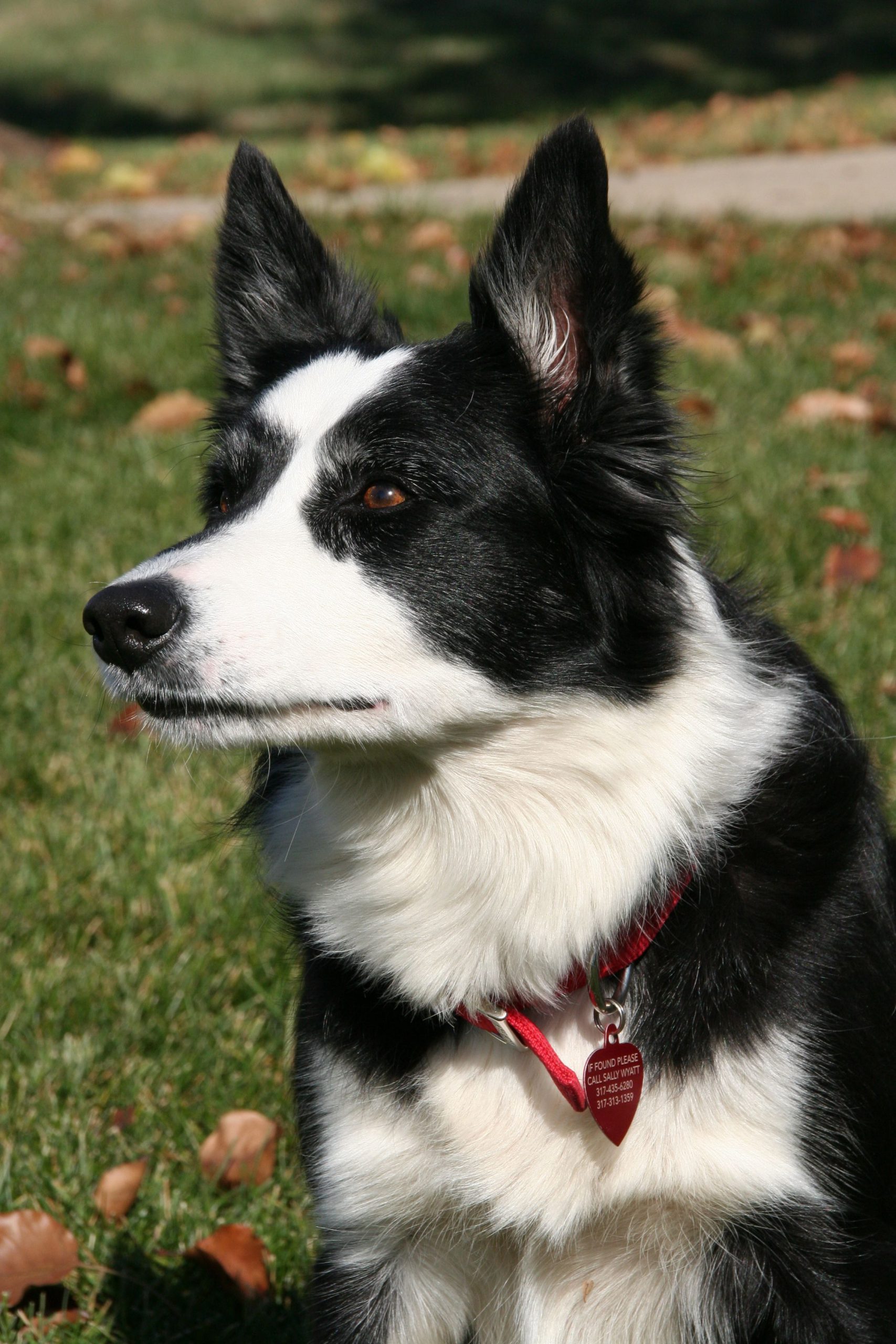
Pricing varies based on the site location, size, accessibility, surrounding area, number and size of ponds and lakes. We offer a free no obligation demonstration with one of our dogs to evaluate your site. We will then email our proposal to you.
It is difficult to assess the length of time. This depends highly on the site. We recommend a minimum of 6-8 weeks to get a handle on the problem and change the geese feeding habits and condition them to move to another place where they are safe. At that time, we will have a better idea of the size of the problem and then can determine the length of services.
We use only working Border Collies because it is the only dog breed among other herding dogs that use a wolf-like stare called the “eye”. This intense stare influences the flock into flight or movement. The geese perceive this stalking manner as predatory behavior and threatening, but the geese are never touched and are perfectly safe. In fact, all other dogs are perceived as a nuisance and just not predatory.
Canada geese occur throughout North America. However, in some regions, the climate is sufficiently mild that Canada geese are able to breed and spend the winter in the same place; these geese are referred to as “resident geese”. This term is commonly used in the United States where large parts of the country support geese throughout the year. Most of these are not geese that stopped migrating but natural increase of populations that were re-introduced or introduced for the first time here.
The geese fly somewhere that they are not bothered and feel safe. By nature, geese are lazy animals and don’t like to move repeatedly.
Anytime! We are dealing with resident geese and they are present year round. Spring is a very important time of year to have goose control as geese are nesting and become very aggressive. Geese imprint on a site and will return to nest at the same site every year. Late summer and fall also present a big problem as the geese get back into bigger flocks after nesting, making their impact on a site much more severe with the amount of droppings they leave and the turf damage they cause. During the cold winter months, Canada geese will congregate where they can find open water for protection, usually in larger bodies of water. Although the greatest activity is during the spring and late summer to fall, the longer geese are comfortable in a specific location the more likely some of them are going to stay there year round.
Research has shown that the excrement of geese contains a wide variety of pathogens capable of infecting humans. Yet geese can also be a means of transmitting other diseases in ways unrelated to their defecation. As goose numbers increase, concerns have been raised regarding the negative impact Canada geese may have on water quality and disease transmission. The droppings of Canada geese have been found to carry a significant number of diseases, however, only a few are of significant concern to humans. Information on this subject can be found in the following report:
http://icwdm.org/handbook/birds/CanadaGeese/humanhealth.aspx